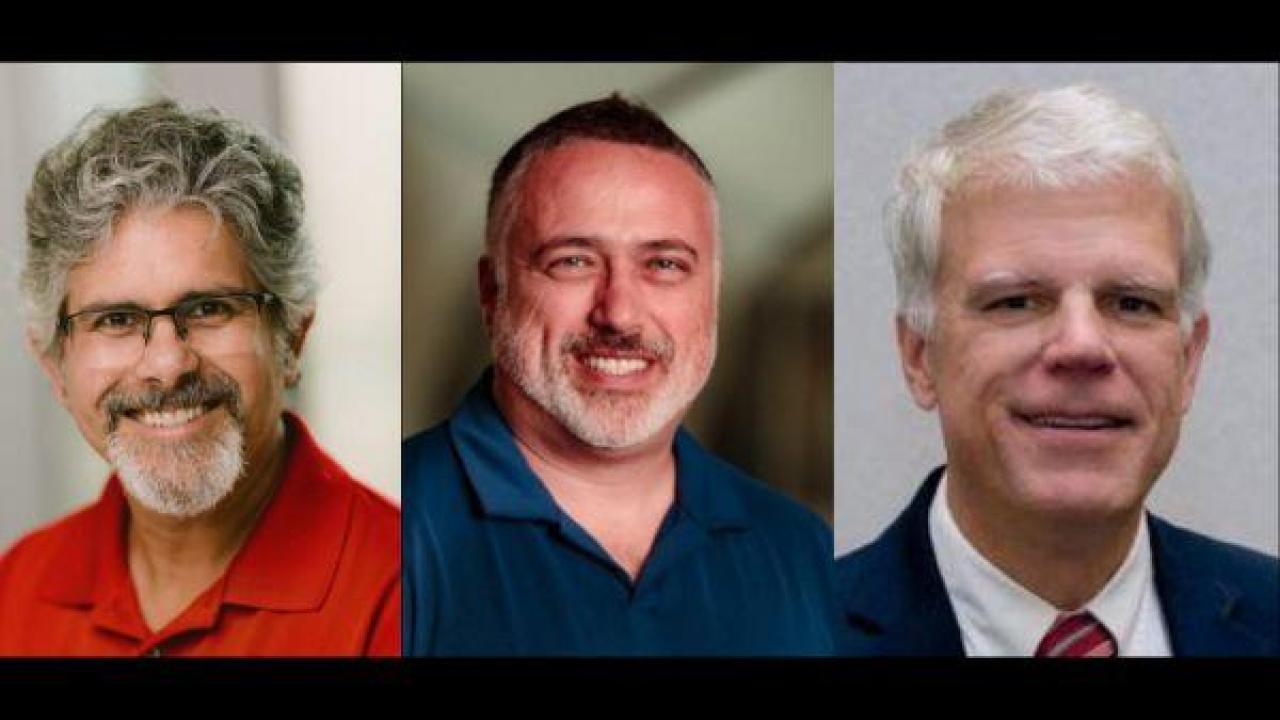An interdisciplinary team in the Department of Physics and the Department of Materials Science and Engineering at The Ohio State University, with collaborators at the Massachusetts Institute of Technology, the University of Chicago and the University of Iowa, has received $1 million from the National Science Foundation’s (NSF) National Quantum Virtual Laboratory (NQVL) program to create a technology roadmap for the development of quantum sensing of molecular and materials structure and functional properties. A second Ohio State team, partnered with the University of Michigan, received a similar award to develop a roadmap to build the first quantum chips that harness the precision of light for real-world measurements. These awards are two of 11 quantum testbeds established nationally that share the goal of demonstrating “quantum advantage,” the ability of quantum information-based technologies to outcompete existing approaches.
As part of the roadmap development process, the team will convene experts in quantum information science and technology with experts in the end-use applications of molecular and materials sensing, ranging from academic researchers in quantum materials to industrial researchers in catalysis and drug discovery. This codesign approach will help to focus research and development on the most critical and limiting challenges facing current applications, and in turn will forecast new directions enabled by breakthroughs in the fundamental science. The team will also begin work on validating new approaches to quantum sensing that promise to circumvent what was previously believed to be the fundamental limit on sensitivity, as well as the implementation of a modular approach to electrical readout that will dramatically expand the materials basis for future quantum sensors.
